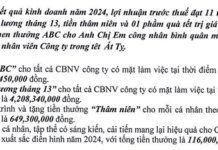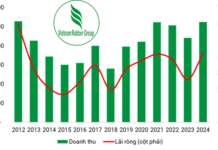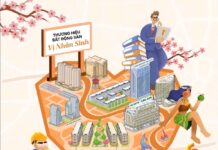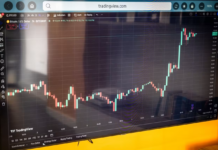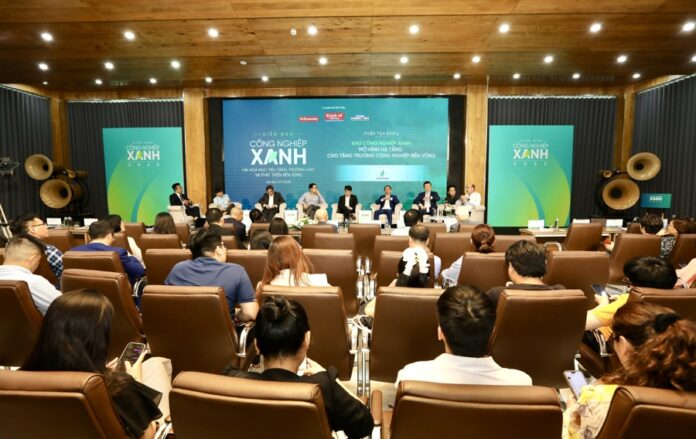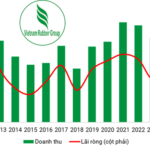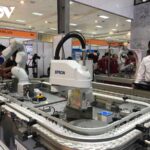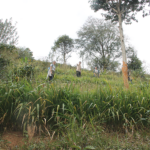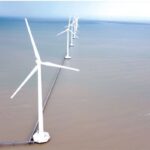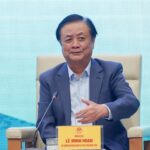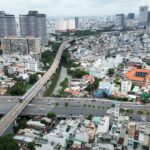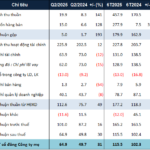At the panel discussion on optimal infrastructure models for sustainable industrial growth, held on July 9 as part of the Green Industry Forum 2025 organized by the Vietnam Economic Magazine/VnEconomy, experts pointed out the trends of green transition in the world and in Vietnam. They also emphasized the role of new-generation industrial parks in the process of industrial greenization in particular and the economy in general.
To develop eco-industrial parks, infrastructure is a very important factor. For businesses, the first question is about costs and benefits, and revenue…
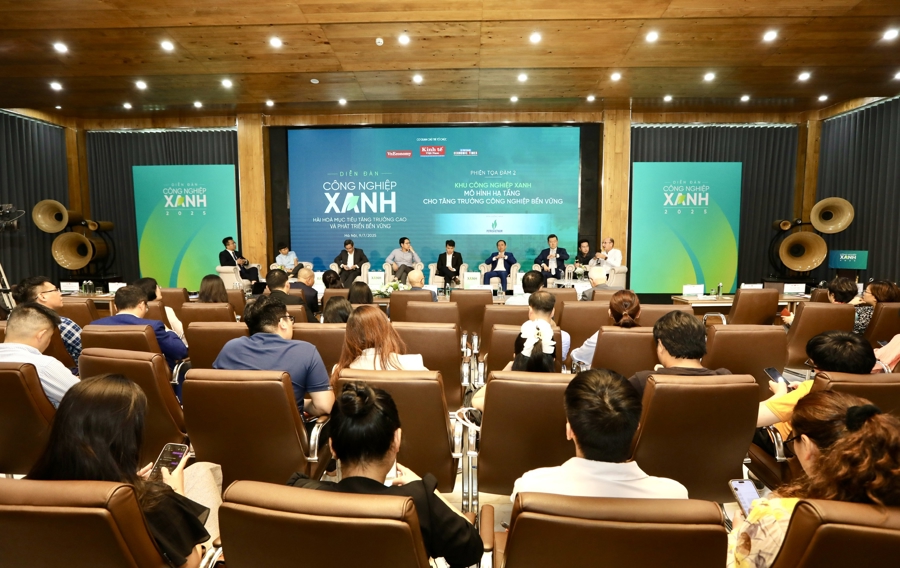
Dr. Nguyen The Hung, Deputy Director of the Academy of Policy Development, said that Vietnam is currently piloting about 6-7 eco-industrial parks.
Through a survey and direct work with industrial parks in Vietnam on the issue of eco-industrial parks, circular economy, and green growth, it was found that the awareness and understanding of the green transition among enterprises in industrial parks have changed and are at a quite high level.
“Even enterprises with foreign or Vietnamese leaders in these industrial parks aim for a balance between economic development for profit and environmental protection. Enterprises are also concerned with how to develop the industrial park into an eco-industrial park,” said Dr. Hung.
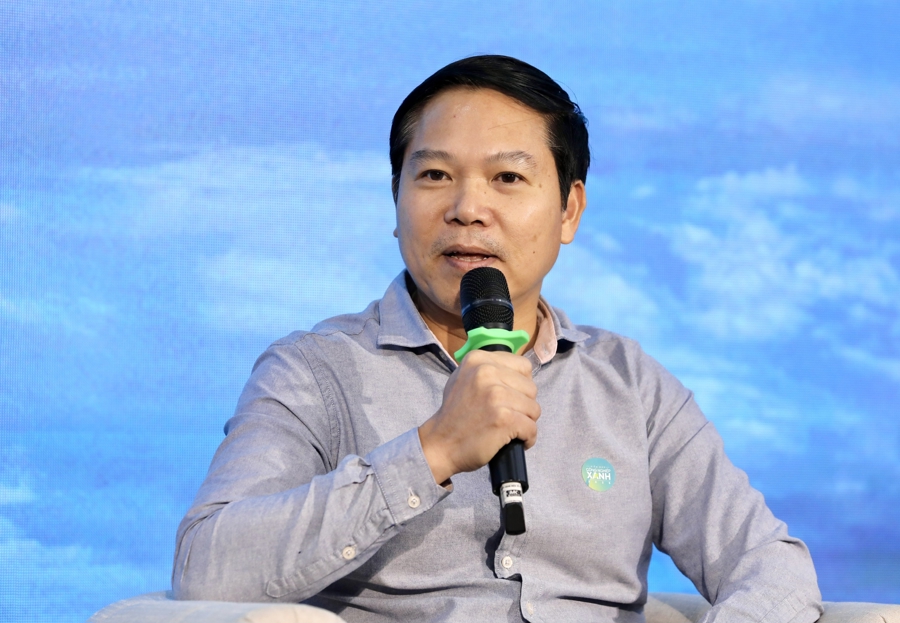
Enterprises are well aware that for future development, the industrial park must become an eco-industrial park to support enterprises in the park to orient themselves towards the international market.
However, experts emphasized the importance of simplicity and transparency in implementing policies and regulations on the development of eco-industrial parks. Therefore, the accompaniment of government levels, especially local governments, as well as a system of transparent, clear, easy-to-understand, and easy-to-implement mechanisms and policies, will help the development of eco-industrial parks, towards a green industry, creating an important driving force for the economy to develop rapidly and sustainably in the future.
In the current context, to develop green and circular industrial parks, breakthroughs and new thinking are needed in the direction of new industrial parks.
From the perspective of design and technical consulting, Mr. Denis Martin, Project Director of Artelia – French Industry and Commerce in Vietnam, evaluated the role of architectural design in forming a green and circular industrial park and shared the core design principles to effectively integrate elements such as renewable energy use, water-waste-gas circularity, and AI management in an industrial space.

From the perspective of an industrial park developer, Mr. Tran Tan Sy, Deputy General Director of KN Holding, said that the most important thing for an eco-industrial park according to the latest UNIDO standards and the requirements of investors is to achieve NetZero by 2050, with no emissions into the environment.
To achieve this goal, from the beginning of infrastructure development, it is necessary to plan a reserved land area to implement waste recycling and treatment. In addition, another important technical infrastructure in the industrial park is the planning of an area to supply green hydrogen in the future. The corporation is also developing solar power systems to provide clean energy for the industrial park.
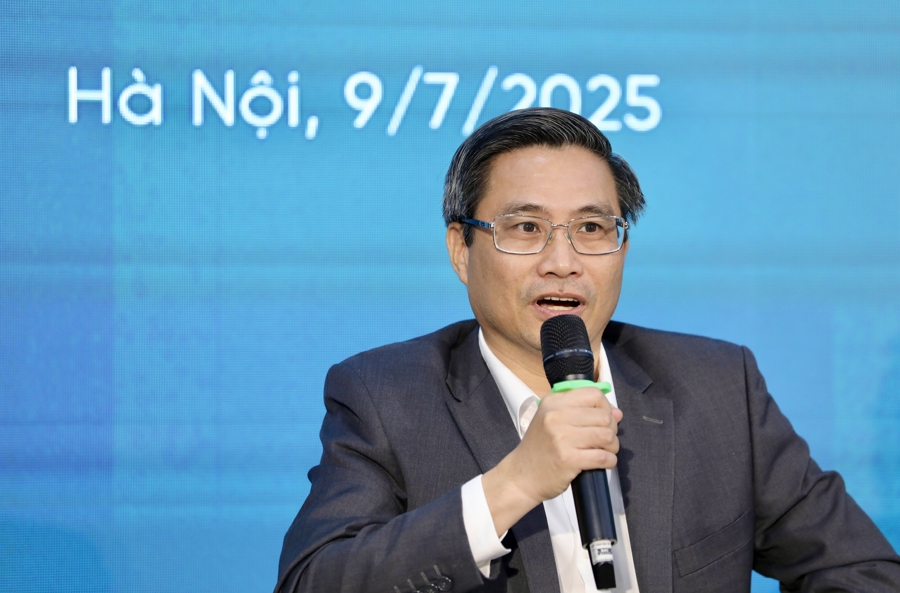
With 30 years of experience in Vietnam and currently operating 3 industrial parks, Mr. Pham Anh Tuan, Senior Director of Water and Environment Management at AMATA Industrial Park, emphasized the construction and development of eco-industrial parks to increase water recycling rates and improve the park’s scores. The leadership of AMATA has realized the importance of industrial park transformation and resource circularity.
Mr. Tuan emphasized that industrial parks are under pressure from customers and investors in the industrial park to provide clean energy, low-carbon indicators, and recycled water. In addition, when listed on the stock exchange, enterprises must report on sustainable development indicators, meeting the demands and requirements of investors.
Sustainable development and a circular economy bring many economic and environmental benefits. At AMATA Bien Hoa Industrial Park, two industrial symbioses are being built, bringing clear economic and environmental benefits and meeting the conditions for exports to foreign markets.
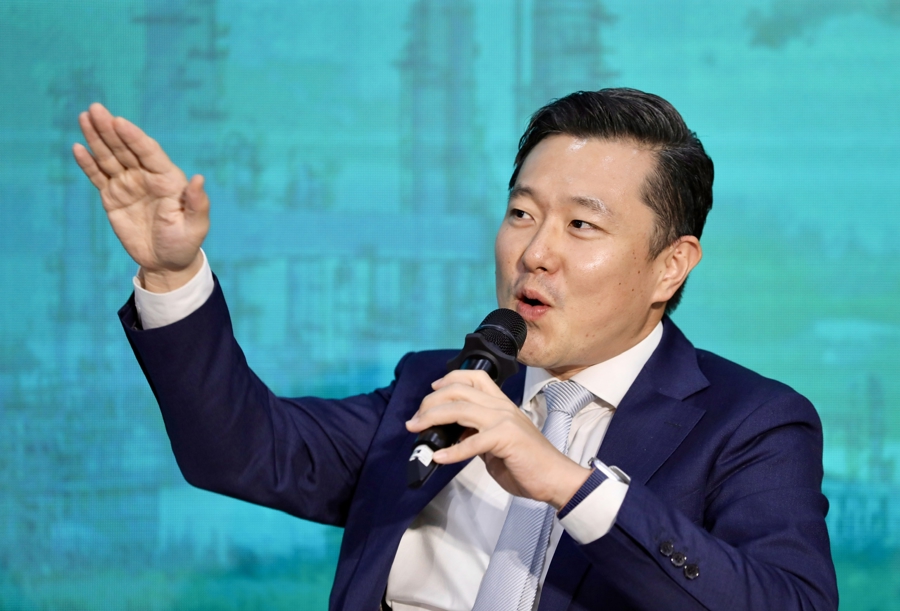
New-generation industrial parks require a high level of technology application, from design to energy and carbon auditing. To reduce emissions, technology is needed, and to increase yield and optimize resources, technology is also essential.
Based on the practical implementation of technology solutions for enterprises, Mr. Pham Tuan, co-founder of the technology solution VERT ZERO, FPT IS, FPT Corporation, shared a typical example of technology-data-AI application to help enterprises and industrial parks save energy and water and control emissions.
Record-Breaking Profits for the Rubber Group Since 2012
The fourth-quarter rubber price surge helped Vietnam Rubber Group JSC (HOSE: GVR) achieve its highest revenue and profits in over a decade.
Unblocking Bottlenecks for a Nation’s Economy to Soar.
In 2025, the government is targeting a GDP growth rate of over 8%, with aspirations to reach double digits should favorable conditions prevail. Economic experts believe that Vietnam’s growth potential is evident, but it is currently hindered by certain regulatory and administrative bottlenecks. To achieve the desired economic acceleration, it is imperative to address and unblock these constraints.
Carbon Credit Sales: Empowering Farmers to Prosper
Ecological agriculture and circular farming are not just methods of cultivation, but a philosophy that strives for long-term sustainability for both people and the planet. With a shared goal of achieving Net Zero by 2050, Vietnam’s agricultural sector is undergoing a transformation towards ecological farming practices to protect natural resources and community health, paving the way for a green, clean, and resilient future.
“Cà Mau’s Ambitious Vision: Targeting 5,000MW of Renewable Energy Exports by 2040”
The Ca Mau provincial government has set ambitious targets for renewable energy exports, aiming for 2,000MW by 2031, 3,000MW by 2035, and a significant 5,000MW by 2040.








